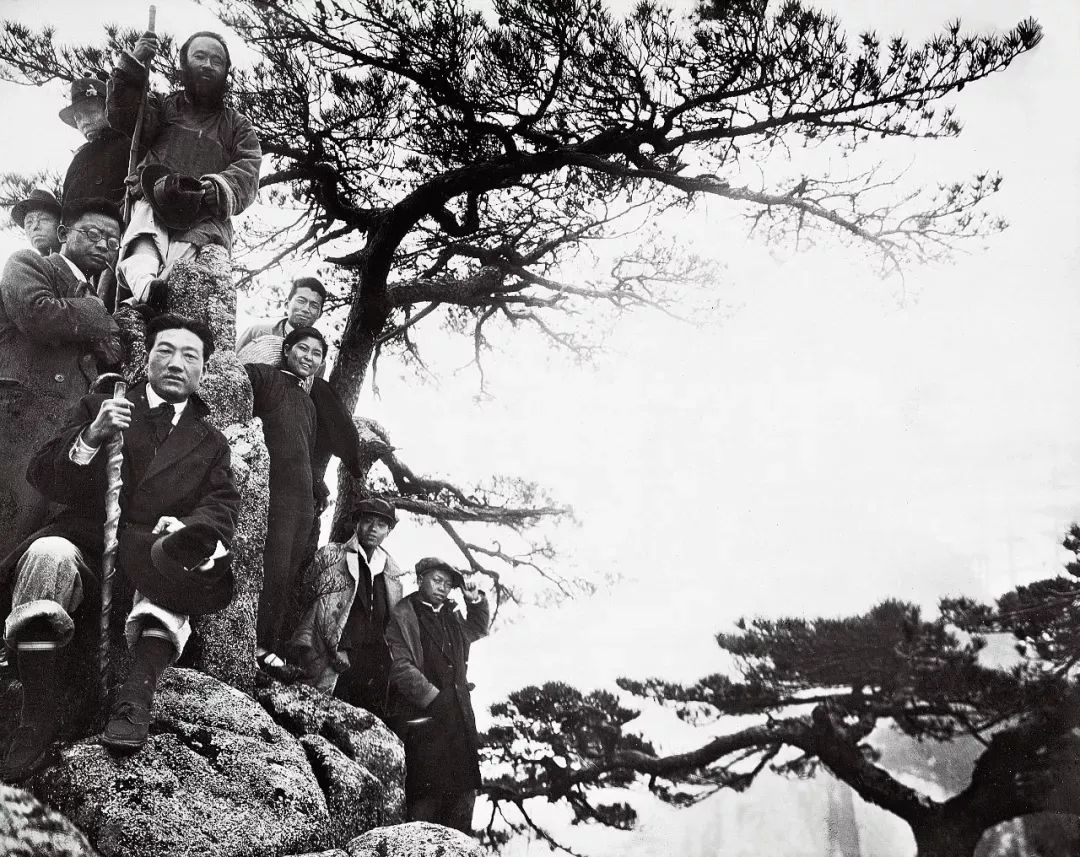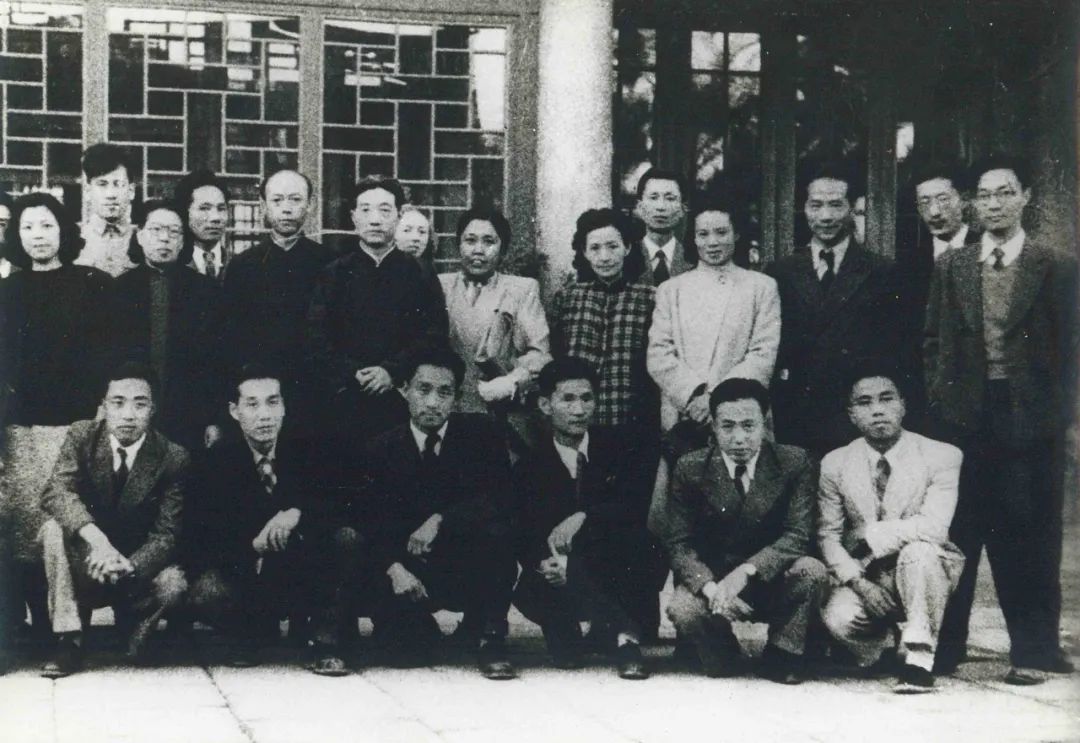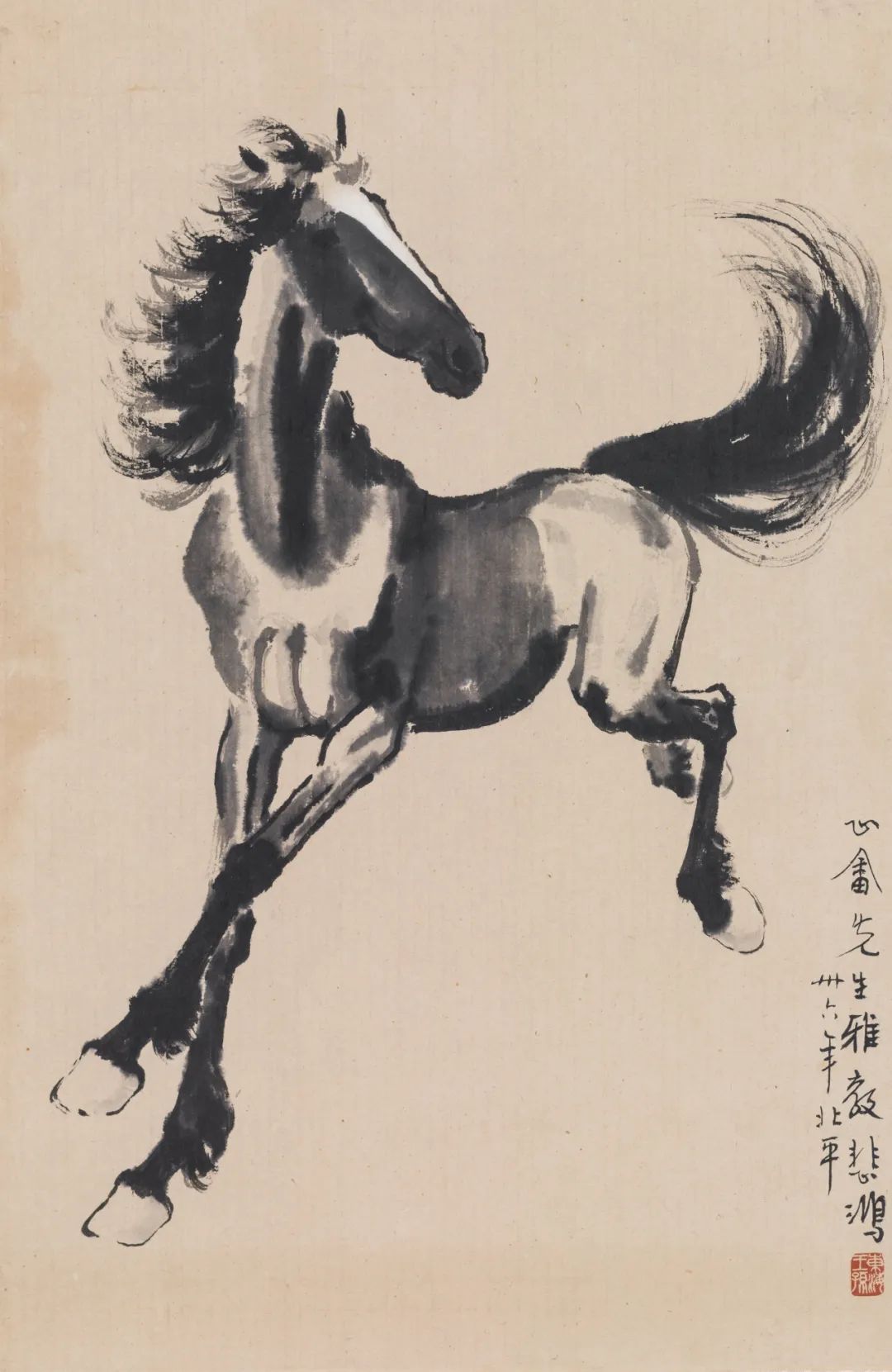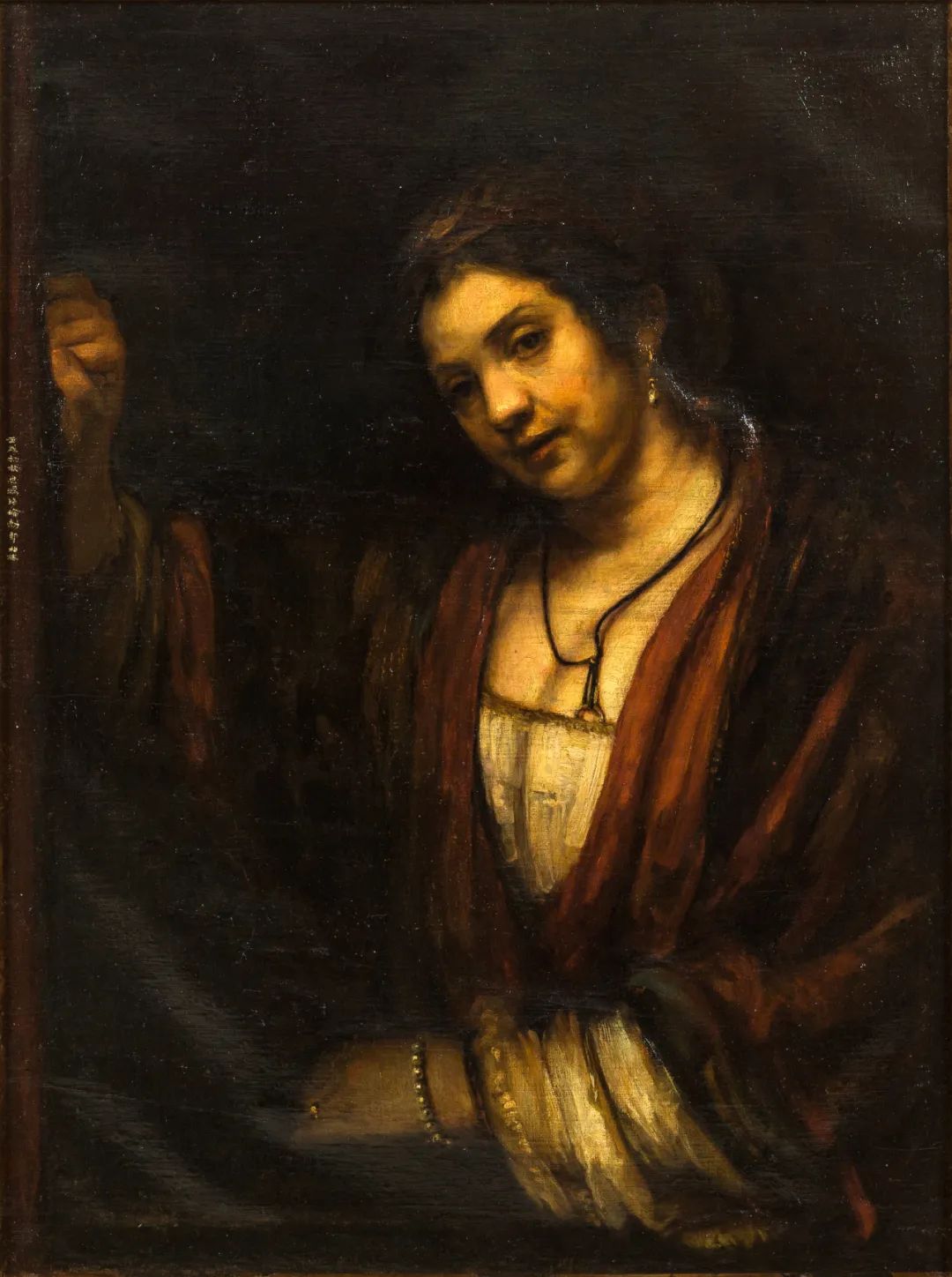From Details to Greatness
As a modern painting master, art educator and the first president of the Central Academy of Fine Arts, Xu Beihong influenced the research and teaching of art history in the second half of the 20th century. In the 1920s, when China's oil painting education system was still almost blank, Xu Beihong was already exposed to Western painting and received professional training, and after continuous diligent study and practice, he gained a certain reputation in Europe. The portrait of "Woman by the Window" is a copy of Xu Beihong's work in Berlin, Germany in 1922, the original work from the hand of oil painting master Rembrandt, this copy of the painting not only witnessed Xu Beihong's respect for Western painting at that time, but also showed his heart for the motherland, trying to use the Western painting system to save the decline of the domestic art scene determination. After being given to his friend Sun Pei Cang, the painting changed hands several times across the ocean and is now in the collection of the He Art Museum. 2022 marks the 100th anniversary of the creation of this painting, and after careful restoration by the Studio of Material and Oil Painting Restoration of the Oil Painting Department of the Guangzhou Academy of Fine Arts, this representative copy of the painting returns to public view in this special year. Taking this opportunity, this exhibition will follow the footsteps of the restoration technician and approach Xu Beihong's copy of "Woman by the Window" from the perspective of interweaving technology and humanity, searching for the story behind this painting about the changes of the times and personal fate, and perceiving the "greatness" of Xu Beihong's art career from the "details". "The painting's story is about the changing times and personal fate.
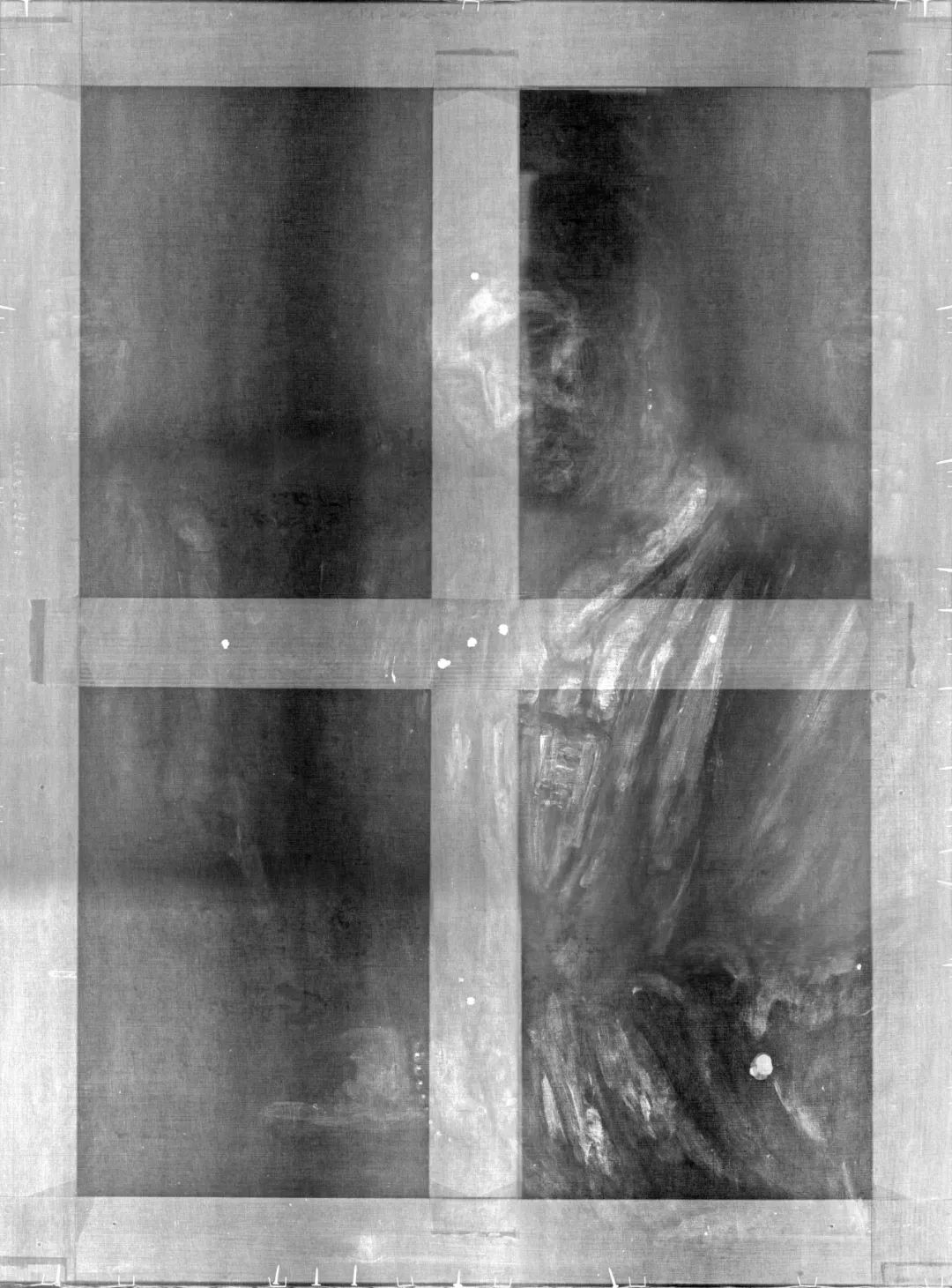
I. Report from the restoration table
Xu Beihong's copy of Rembrandt's "Woman by the Window" is an important work in the period when the artist stayed in Europe to study art and ascended from painter to master. Rembrandt's handling of light and shadow in his paintings, his use of loose, flat and thick pile techniques, all had a profound influence on Xu Beihong, who himself wrote that he "loved Rembrandt's paintings most of all". In the process of changing hands, the work has undergone several restorations, such as framing, coloring, and reapplication of varnish, and these marks have affected the aesthetics and state of preservation of the work. On the occasion of the 100th anniversary of the painting's completion, the Studio of Material and Oil Painting Restoration of the Oil Painting Department of the Guangzhou Academy of Fine Arts conducted a comprehensive study and analysis of Xu Beihong's copy of Rembrandt's "Woman by the Window" through non-destructive scientific means such as infrared imaging, ultraviolet imaging and X-ray imaging.
The restoration applied physical methods to remove improper bracketing; after solubility tests, selected suitable chemical reagents to clean the old varnish and complementary color layer; used reversible materials to fill in the painting layer; followed the principle of recognizable to fill in the missing part of the color layer, and made a complete restoration of the work under the principle of minimal intervention in restoration. This move will not only extend the preservation period of the work, but also help to understand the artistic world of Xu Beihong from a scientific point of view. In this module, we will experience the restoration process from the "details" perspective of science and technology by going through a time warp with the restorers.
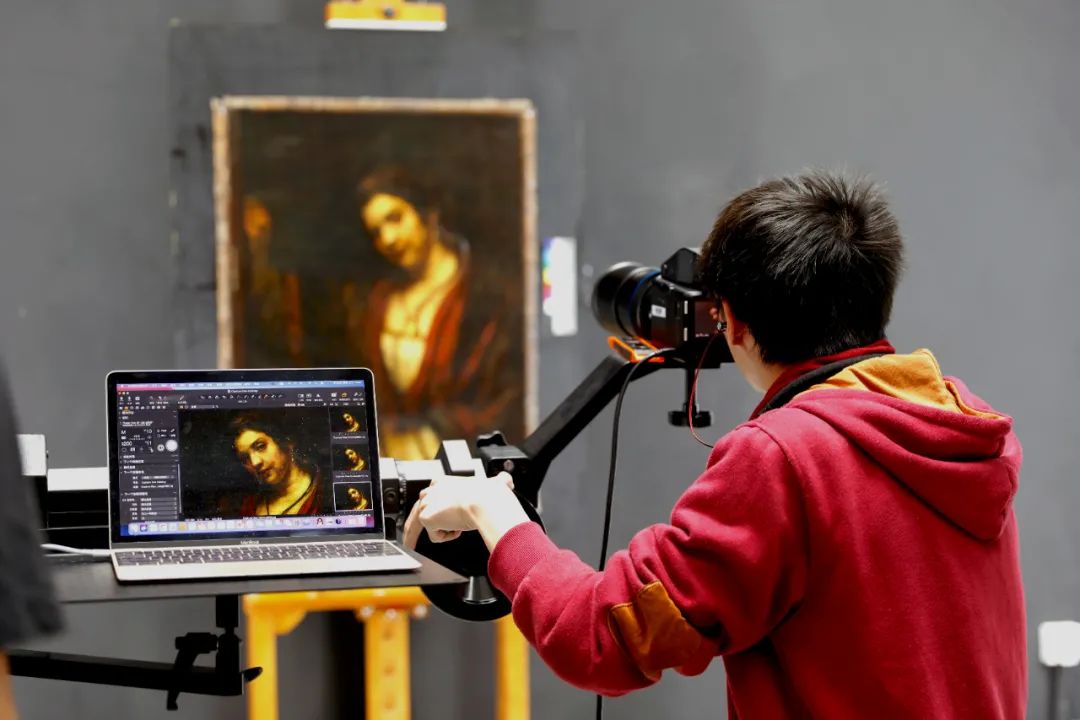
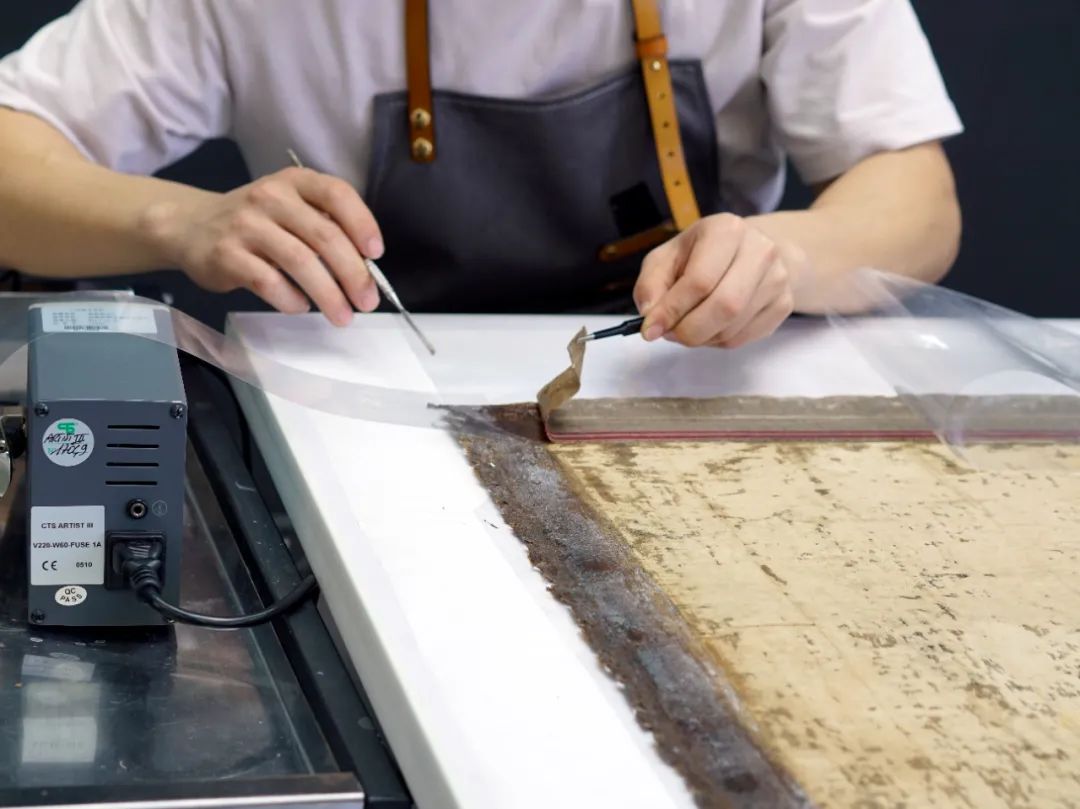
II. From details to greatness
Xu arrived in Paris as a government-sponsored student in 1919 and returned to China in 1925. But his study period was not smooth. In 1921, Xu Beihong, who was still studying at the Ecole Supérieure des Beaux-Arts in Paris, had to move to Berlin, Germany, where the currency was devalued, and spent 22 months in relative peace due to the delay in the payment of public tuition fees. During this period, Xu Beihong did not waste his studies, but studied under the then director of the Berlin Academy of Fine Arts Kamp, and in the major museums and zoos for copying and sketching, "Woman by the Window" was completed in this interval. The series of oil painting copies represented by "Woman by the Window" is not only a visual manifestation of Xu Beihong's refined painting skills, but also reflects the importance of traditional training methods of Western painting, such as copying and sketching, in his early search for his own style. Later, when Xu Beihong was the president of the Central Academy of Fine Arts, he put forward the motto of "From Details to Greatness", and these words are a concise summary of Xu Beihong's art education philosophy. In the specific teaching, he focused on the basic training of sketching, requiring students to find the "subtle" details and polish the accuracy, so as to express the "vast" spiritual world of the portrayed object. With "faithfulness to the depiction of the object" as the basis for the implementation of educational philosophy, Xu Beihong has trained a large number of talents for the cause of art education in the motherland. This unit is a collection of paintings by Xu Beihong, Dai Ze, Sun Zongwei, Li Hu, Zong Qixiang and other teachers and disciples, showing Xu Beihong's lifelong contribution to the cause of art education.
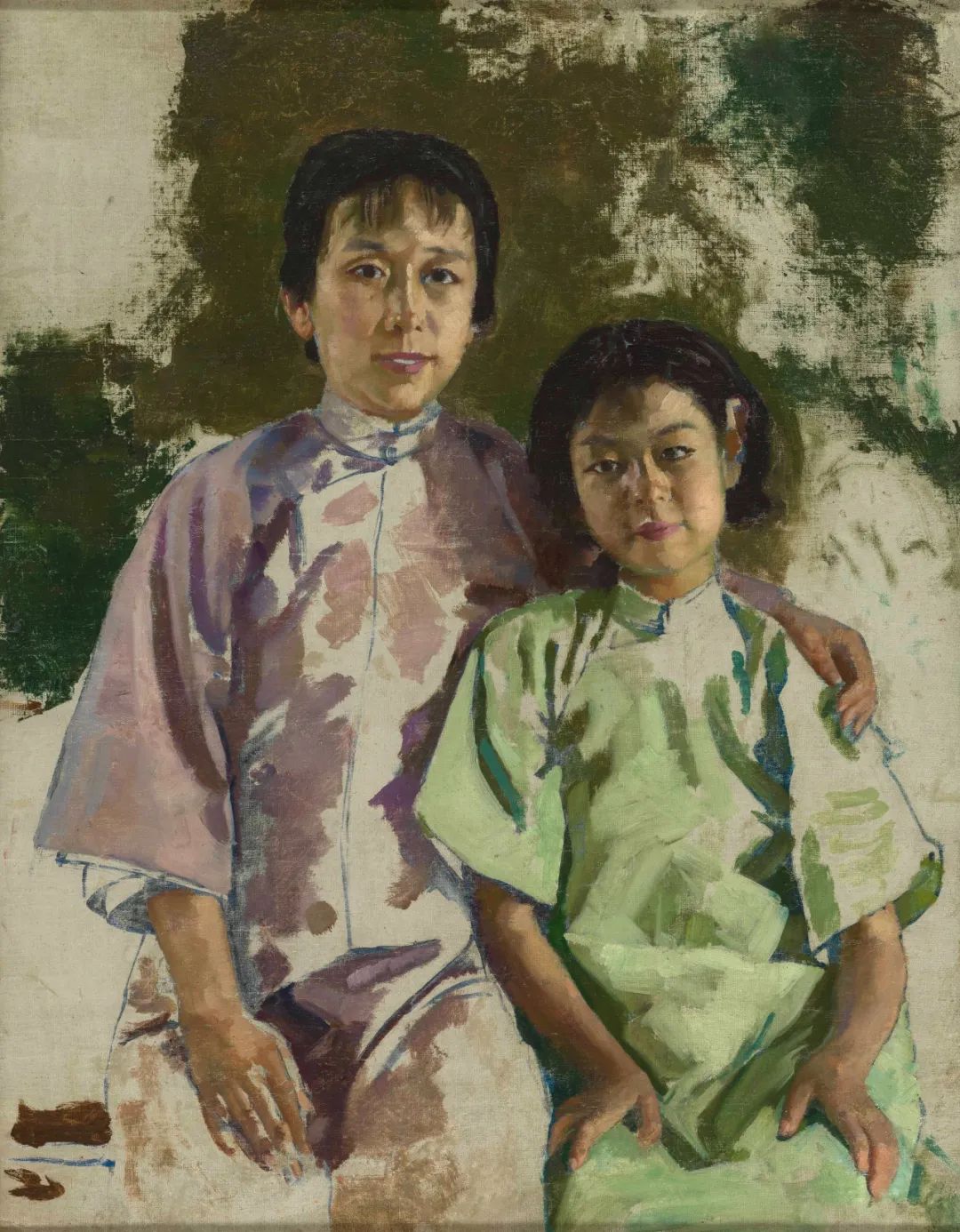
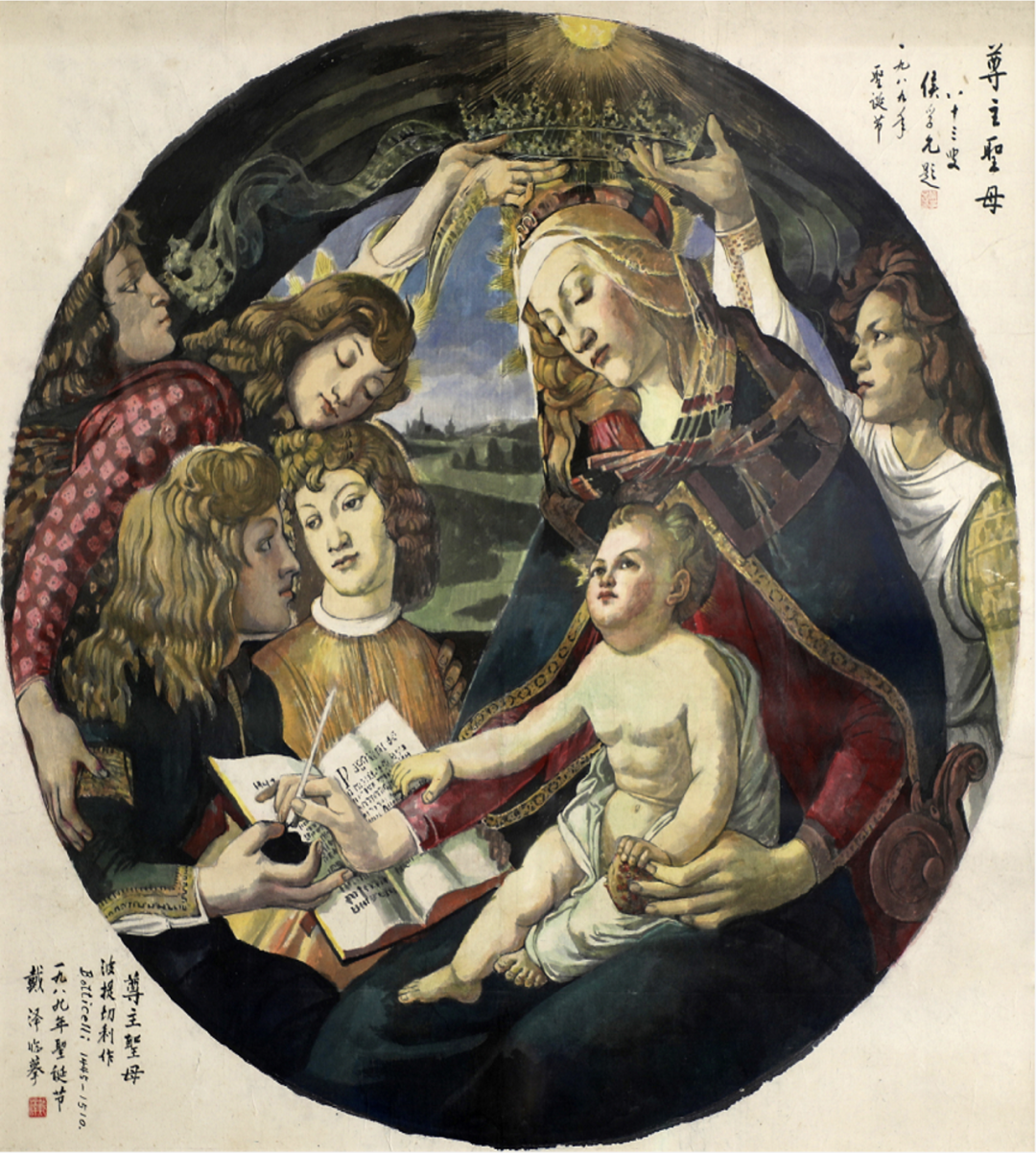
III. Xu Beihong's Artistic Advocacy
From Xu Beihong's long artistic career, we can see that his artistic ideas have undergone several stages of evolution from embryonic to mature. As a child, Xu Beihong studied traditional Chinese professional painting with his father, practicing his father's teaching of "exquisite"; while working in Shanghai, he met revolutionary aspirants and began to encounter reform ideas ; during his stay in Japan and Europe, he again became deeply aware of During his stay in Japan and Europe, he once again realized that "the decadence of Chinese painting" and "the integration of Western painting" was a great way to improve Chinese painting, so he had the idea of studying abroad; after his return to China, he combined Western painting theory with the current situation of modern Chinese society, and basically established the idea of "realism" as the main theme. Upon his return to China, he basically established a "realism" oriented view of painting, and used it as the basis for art education. "Sketching is the foundation of all plastic arts." For a long time, Xu Beihong held on to the position of Western painting, foreign painting movement was also in full swing, and with the emergence of national contradictions, including Xu Beihong, some painters gradually towards the road of "Chinese and Western", the subject matter of its paintings began to reflect more Chinese social reality, the language of painting is also gradually dominated by Chinese painting.
